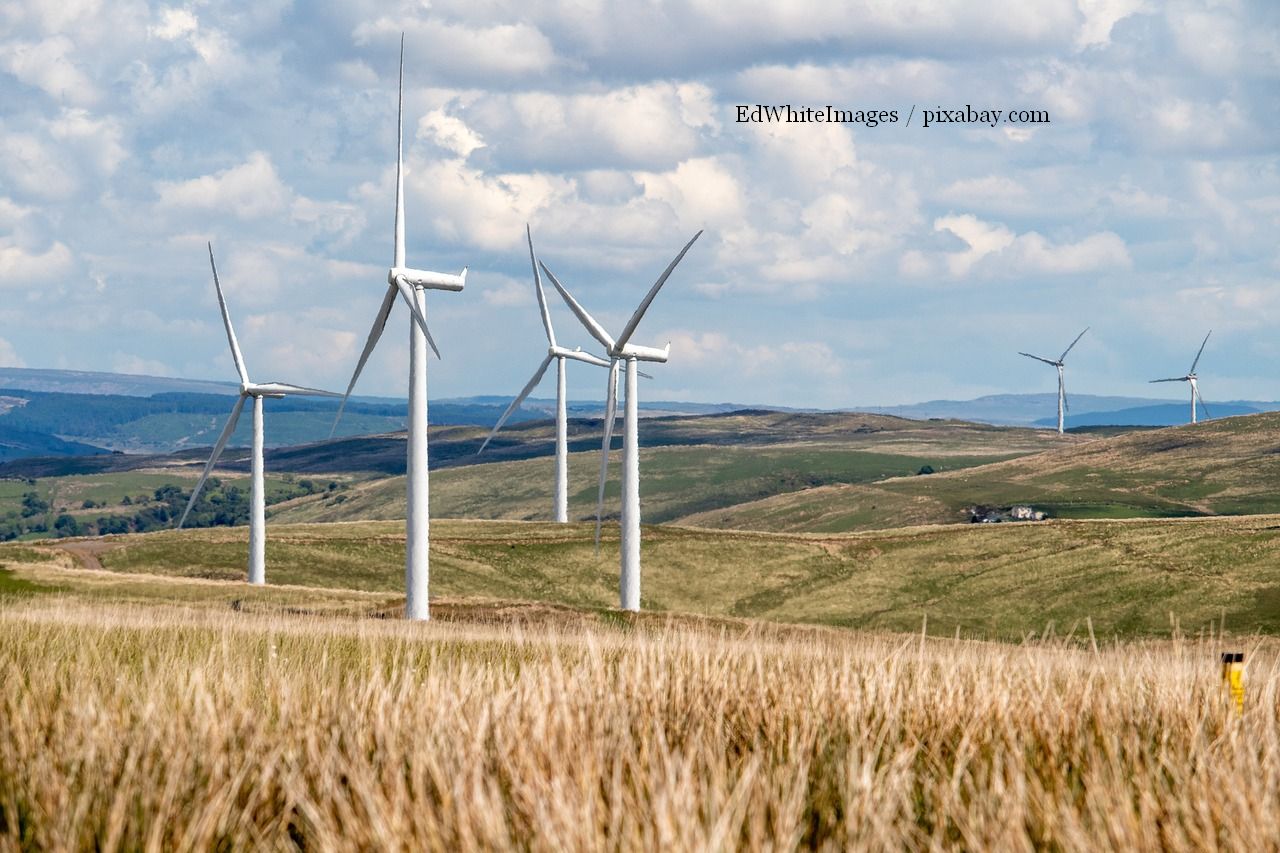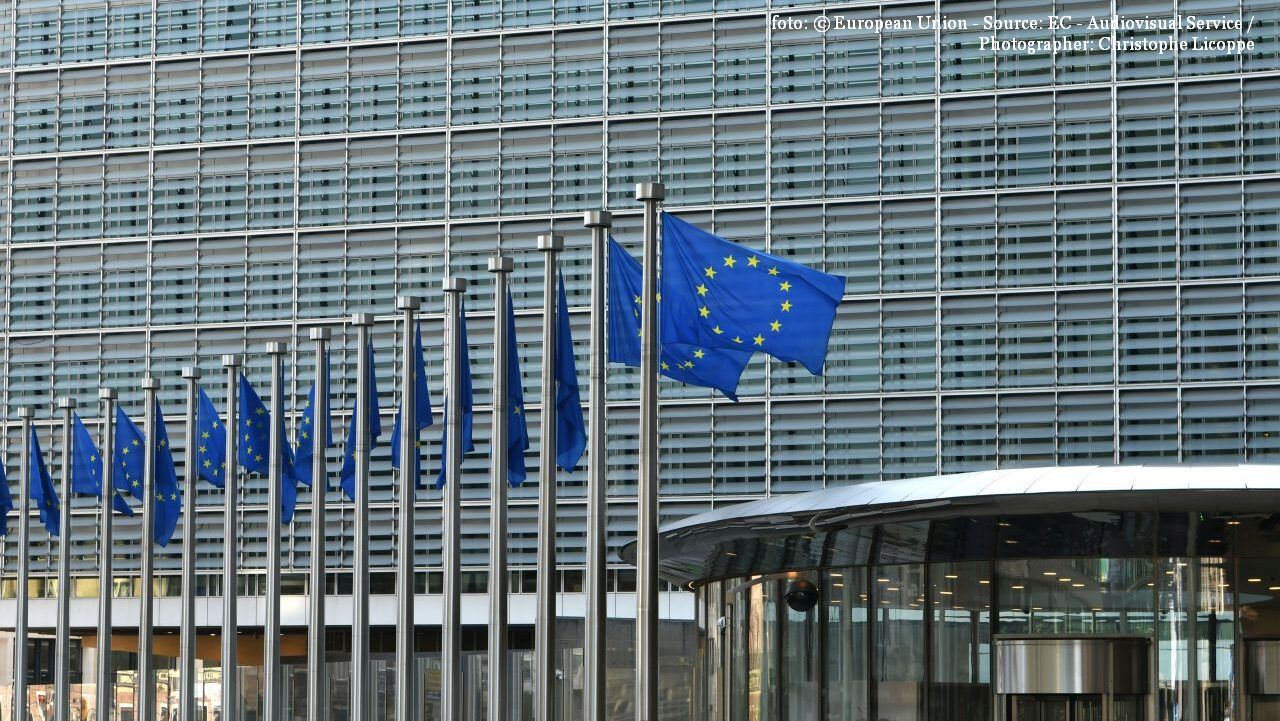30 Years since the Chernobyl Disaster
30 years ago, the world witnessed the worst nuclear accdient in recorded history.

Leyla Cheamil, 26.04.2016, 13:56
April 26th
1986 was a black day in the history of mankind
– the Ukrainian city of Pripyat became the site of the biggest nuclear
accident ever, whose outcome, experts believe, will be felt in the following
3,000 years as well. Ironically, disaster struck during a safety test at the
plant’s reactor four that went awry. A wrong procedure caused an exponentially
larger spike in power output, which ignited the reactor’s graphite moderator.
The resulting fire sent a plume of highly radioactive fallout into the
atmosphere and, according to estimates, 17 million square kilometers in
Belarus, Russia and Ukraine were contaminated.
Experts believe the most
affected countries by the accident were Norway, Sweden, Finland, Bulgaria,
Romania and Greece. Romanian Adrian Parvu was born with a malformation which
the doctors believe could have been caused by the accident in Chernobyl. He is
currently working on a project entitled Born In April about how the
nuclear disaster in Ukraine has influenced people’s lives. His project was run
at a workshop organized by One World Romania. Adrian Parvu, who has done
research on the events in Chernobyl for his project has told Radio Romania that
the radioactivity levels differ depending on the region.
Adrian Parvu: Radioactivity level
varies according to the region. An exclusion area was set up around the plant
shortly after the accident. It’s also been known as the 30 kilometers zone.
There are a few thousand hectares of radioactive land there, though the soil absorbed most of the radiation
after the accident. The most dangerous area is 14 kilometers around the plant,
where radioactivity is higher and it’s not recommended to live there. However,
few know that 3000 people are working in this death zone in shifts on a daily
basis. They are doing maintenance work because the power plant in Chernobyl has
created problems people will have to deal with for hundreds of years from now.
Adrian Parvu says that a pressing issue is the sarcophagus
built around the plant, which might collapse.
The sarcophagus was built
in a hurry in order to block radiation and now it runs the risk of falling
down. A huge metal sarcophagus is being built now with money from the EU and
international partners, which is expected to completely cover reactor 4 . And
there are 3,000 people working on that. Had this sarcophagus not been
built, and if the older one would be
left to collapse, the radiation level would again go up to the dangerous level
and could affect Europe again.
30 people were killed instantly when reactor four in
Chernobyl went off but no official figures have been released on the total
number of victims. 25 thousand people have supposedly died after taking part in
the decontamination operations.






























